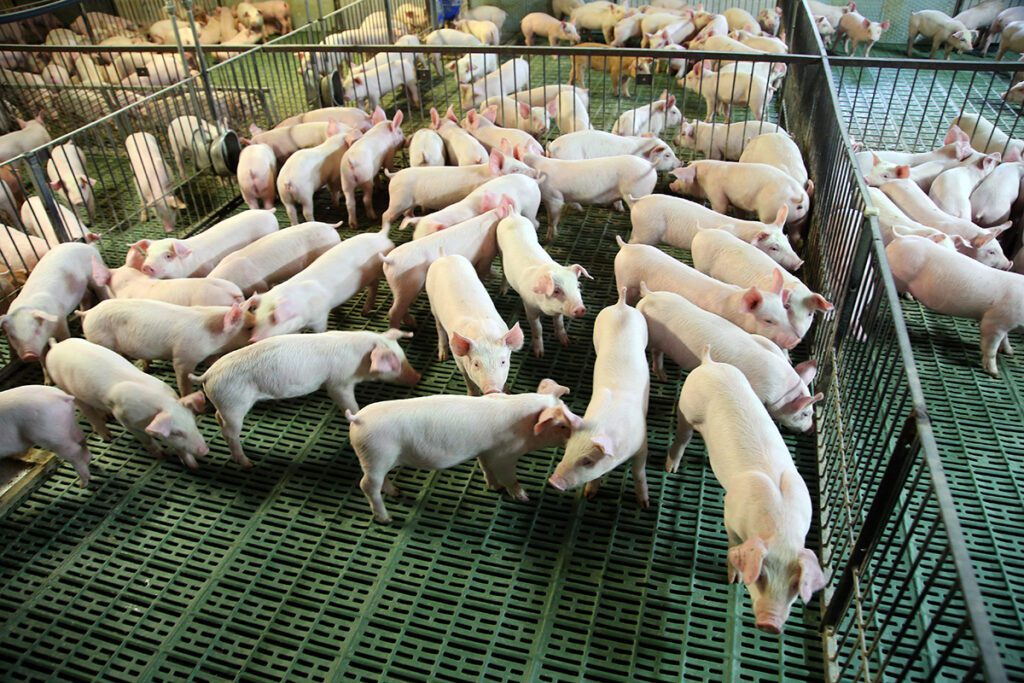
The purpose of animal research is to derive scientific information from animal models that will be used to benefit human health and wellness.
The domestic pig (Sus scrofa) is one of the most valuable animal models used in biomedical research today, both as a live animal and also as a source of post mortem tissues. This is because of its lower cost, larger size and anatomical, biological and physiological similarity to humans.
Research with Post Mortem Porcine Tissue
Porcine are valuable models for generating research information. This information can help can find treatments and cures for human diseases and disorders, and can be used for teaching and education.
Post mortem tissues are used in animal research in the development of medical instruments and devices, surgical techniques and instrumentation and in statistical applications such as FDA approval trials where large sample sizes and replications are required.
Scientists over the last several decades have formulated conservation methods for reducing the number of live animals used in biomedical research, which is referred to as the 3R’s principle of Russell and Burch (ALAT Manual, AALAS, 1999, BookCrafters, Chelsea, MI, USA).
The principle’s three tenets are:
- Reduction of the total number of animals used.
- Replacement of live animals with tissue culture or post-mortem tissues.
- Refinement to reduce stress and pain as well as develop (in vitro) non-living animal methods of research.
Domestic pigs are used in biomedical research because almost every part of the animal has direct application to human anatomy and physiology. Post mortem porcine tissues supply more information while using fewer animals and less tissue (reduction and replacement). One pig can supply a large number of different tissues thus conserving the number of live animals needed.
Post mortem porcine tissues provide a valuable tool for the advancement of biomedical research in that they provide faster and cheaper methods of generating valuable research data and information for human benefits. These tissues include all internal organs and anatomical structures.
In addition, all other parts of the domestic pig can be used for human or animal consumption in the meat and pet industries. As more information is gained from animal research, in vitro methods are being developed, thus replacing some live animals.
Post mortem porcine tissues in biomedical research are used in the development of medical instruments and devices, surgical techniques and instrumentation, DNA extraction, anatomical research and in FDA and other studies where large sample sizes and replications are needed for statistical approval.
With the use of post mortem porcine tissues in biomedical research, more statistical data can be accumulated in a shorter periods of time and at a much lower cost.


